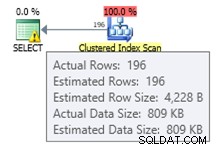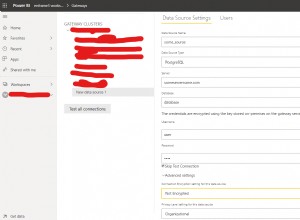Installez ces bibliothèques Python :
pip install rdflib
pip install rdflib-sqlalchemy
pip install psycopg2
Exécutez le code Python suivant :
from rdflib import plugin
from rdflib.graph import Graph
from rdflib.store import Store
from rdflib_sqlalchemy import registerplugins
registerplugins()
SQLALCHEMY_URL ="postgresql+psycopg2://user:[email protected]:port/databasename"
store = plugin.get("SQLAlchemy", Store)(identifier="my_store")
graph = Graph(store, identifier="my_graph")
graph.open(SQLALCHEMY_URL, create=True)
graph.parse("demo.nt", format="nt")
result = graph.query("select * where {?s ?p ?o} limit 10")
for subject, predicate, object_ in result:
print(subject, predicate, object_)
graph.close()
'demo.nt' est le fichier N-Triples à importer. J'ai utilisé ceci pour tester :
<http://example.org/a> <http://example.org/b> <http://example.org/c> .
Après avoir été importée avec succès, votre base de données contient cinq tables (par exemple, kb_[some_id]_asserted_statements) remplies avec les triplets. La console a imprimé dix triplets au maximum.
Testé sur Windows 10, PostgreSQL 10.5, Python 3.5.4 (tous 64 bits) avec rdflib-4.2.2, rdflib-sqlalchemy-0.3.8 et psycopg2-2.7.5.




